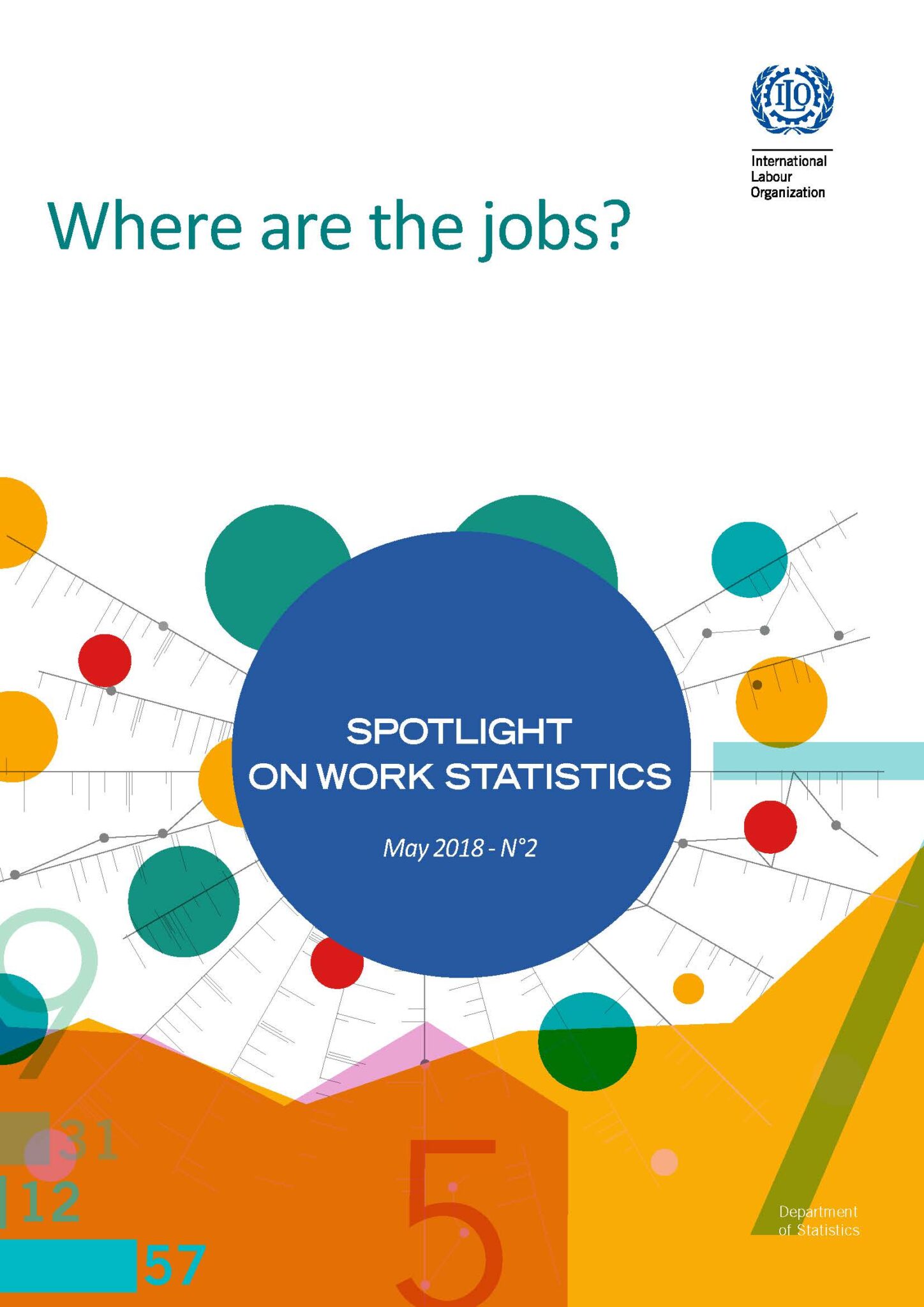
Guidelines concerning the measurement of forced labour
Guidelines concerning the measurement of forced labour Read More »

This report presents the results of a global review of national practices in measuring volunteer work, between 2007 and 2017, undertaken by the Statistics Department of the ILO. The review was conducted under the framework of the ILO-UN Volunteers (UNV) partnership established to promote and facilitate the regular measurement of volunteer work by the National Statistical Offices.
National practices in measuring volunteer work: A critical review Read More »

This report takes a comprehensive look at unpaid and paid care work and its relationship with the changing world of work. A key focus is the persistent gender inequalities in households and the labour market, which are inextricably linked with care work.
Care work and care jobs for the future of decent work Read More »

Find out the latest trends in employment by status category and how paid employment compares to vulnerable employment around the world in Paid employment vs vulnerable employment, the third issue of our new series Spotlight on work statistics.
Paid employment vs vulnerable employment Read More »

Given how valuable and useful charts are for the analysis and interpretation of labour statistics, this guide describes the main types of charts used as well as some more complex types of charts, providing numerous visual examples in each case. The guide also provides tips on making effective labour statistics charts, considering various aspects to ensure that the charts designed are useful, clear and visually-appealing.
Visualizing labour markets: A quick guide to charting labour statistics Read More »

Find out the latest trends in employment by status category and how paid employment compares to vulnerable employment around the world in Paid employment vs vulnerable employment, the third issue of our series Spotlight on Work Statistics.
Paid employment vs vulnerable employment Read More »

Learn about the situation of older persons in the labour market in What about seniors?, the first issue of our new series Spotlight on work statistics where we use ILOSTAT data to explore various labour market issues.
What about seniors? Read More »

Learn about employment patterns across sectors and occupations in Where are the jobs?, the second issue of our new series Spotlight on work statistics.
Where are the jobs? Read More »

This brief casts light on the trends in employment by sector and occupation, by focusing first on the broad sectors and occupations at the global level before moving on to analysing regional patterns.
Where are the jobs? Read More »

Learn about the situation of older persons in the labour market in this brief, the first issue of our new series Spotlight on work statistics where we use ILOSTAT data to explore various labour market issues.
What about seniors? Read More »